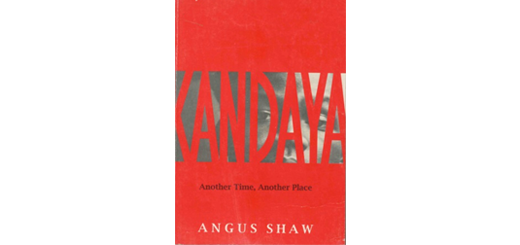Odessa in Ukraine, an awfully long way from Chinhoyi
 Phew, that’s a relief! Mr Mnangagwa says Zimbabwe has acquired 600,000 tons of grain and staple foods from Ukraine to ward off starvation.
Phew, that’s a relief! Mr Mnangagwa says Zimbabwe has acquired 600,000 tons of grain and staple foods from Ukraine to ward off starvation.
The Grain Millers’ Association calculates that at the height of the food crisis, Zimbabwe will need to import 120,000 tons a month, or 4,000 tons a day through Mozambique. South Africa’s ports will be busy shifting their own food imports from North and South America.
This will be a logistical nightmare, not only in shipping and paying for the food but also distributing it to the hungry countrywide. With the national railways now incapable of doing it, moving 4,000 tons a day will require about 130 30-ton trucks rolling in every day, putting even more strain on the potholed roads and highways.
With more than 3 million people needing food aid right now, Zimbabwe just declared a state of emergency because of El Nino-induced drought that has swept through the whole southern African region.
The politicians have been so engrossed in their own internal political struggles that the emergency declaration came very late in the day and even one of the state newspapers castigated them, saying ordinary people “can’t eat politics.”
Emergency food relief was a logistical headache in the last drought of this severity in 1992. But there was money then, the railways were working, there was a strategic grain reserve held in now largely moribund silos, commercial agriculture was in its heyday and dams and irrigation were maintained.
Of course it would be retrogressive to remember the abundant crops reaped in the grain basket of Banket-Chinhoyi, a stone’s throw from Harare, and that much of neighbouring Zambia’s maize is grown by farmers driven from land in Zimbabwe in the past 15 years.
Awfully far-away Ukraine has a most unpalatable recent political history of autocracy, corruption and upheaval but it has abundant food – including white and yellow maize – grown on its fertile black soil plains, or steppes, that will be palatable to anyone who is starving.
It will have to come down through the Black Sea, skirting the war-troubled eastern Ukraine and the Crimean peninsular now controlled by the Russian Federation and home of the Russian Black Sea Fleet. Ukraine has four key grain handling ports including Odessa harbour (right), the locale of Soviet era spy novels. The food sails on to the enlarged Suez canal, passing the Greek islands where so many migrants have drowned, and Turkey, Syria, Lebanon and Israel on the starboard side. The Somali pirates haven’t been busy lately, but what if they are hungry too and the navy patrols of the much-denigrated West are distracted elsewhere?
the locale of Soviet era spy novels. The food sails on to the enlarged Suez canal, passing the Greek islands where so many migrants have drowned, and Turkey, Syria, Lebanon and Israel on the starboard side. The Somali pirates haven’t been busy lately, but what if they are hungry too and the navy patrols of the much-denigrated West are distracted elsewhere?
(The Ukraine flag symbolises azure skies and plentiful cereals that made it an important food exporter in Soviet times.)



